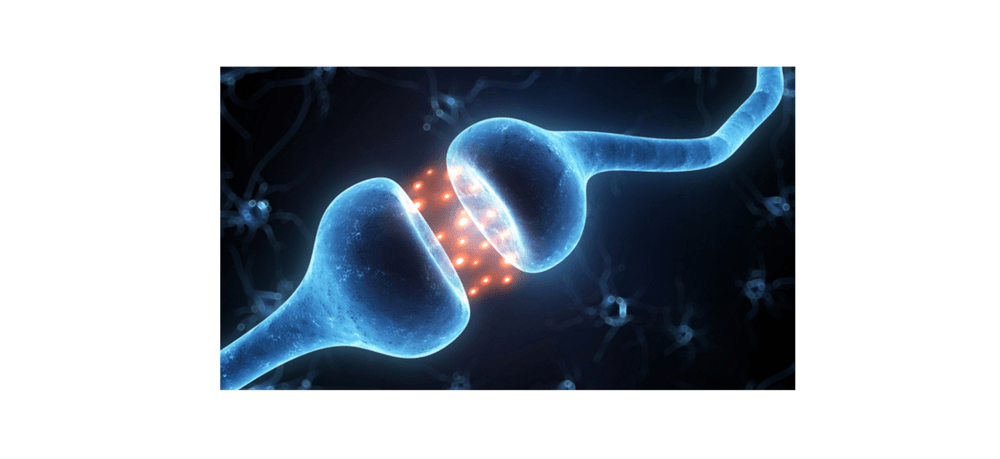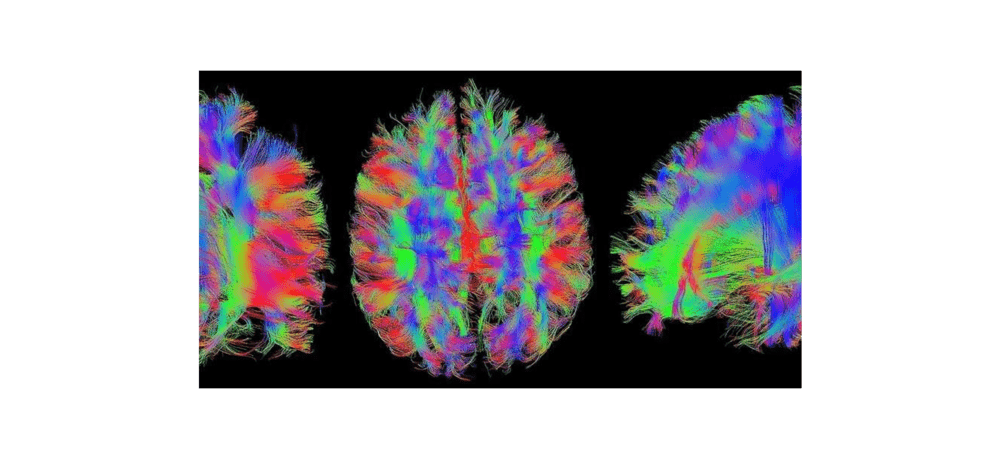What causes one person to see challenges as things to avoid, but another person to see those same challenges as opportunities to learn and grow? What causes one person to see others as objects, but another person to see those same people as people?
Our mindsets!
But why? To answer this question, we need to get into the cognitive science behind mindsets. Something I think you will find fascinating.
What exactly are mindsets and where do they reside?
At the surface, mindsets are the mental lenses that we wear that shapes how we perceive our world. They are our mental fuel filters that filter select information into our brain (e.g., challenges are to be avoided or challenges are to be approached), and that information goes on to fuel our thinking, learning, and behavior.
But, on a deeper level, our mindsets are neural networks in our prefrontal cortex that are associated with our associative processing memory. Let me explain.
Our prefrontal cortex is our brain’s executive control center. It is where information from our senses is quickly transmitted to be processed to guide our thoughts, feelings, and behaviors. This is where the filtering occurs. Now, there isn’t actually a filter, but the filtering effect is driven by certain neural networks that are more prone and ready to fire than others.

Neural networks are comprised of connections between brain cells, or neurons. Neurons have three main components: a cell body (soma), axon, and dendrites. The cell body is the part of the cell in which an electrical impulse is generated. This impulse travels to the axon where specific chemicals called neurotransmitters (e.g., dopamine) are released into a space between neurons, called the synapse, where the axon of one neuron is closely connected to the dendrite of another. The series of neural connections comprise a neural network.

Our brain has two memory systems. One is called the fast-binding system. It rapidly records episodic memories. For example, think back on the last trip you took. Can you recall a particular experience in almost complete detail? That is your fast-binding system at work. We generally can only access it through conscious thought.
The other memory system is called the associative processing system. This is a slow-learning memory system. It uses knowledge accumulated from a large number of experiences to fill in information, quickly and automatically, about the current situation based upon similar situations we have previously experienced. In other words, when we observe a cue from one situation (e.g., this situation seems risky), our associative processing system automatically retrieves information from our prior experiences (e.g., I got burned last time I took a risk) to help us understand how to best navigate our current situation. This memory system operates largely non-consciously, and it helps us to quickly make sense of the situations we encounter.
The more we rely upon certain representations, what we are doing is strengthening the neural connections associated with our associative processing system. What this means is that as a neural connection increases in strength, the axon will increase its ability to release neurotransmitters and the dendrite will develop more dendritic receptors to capture the neurotransmitters. Hence, certain neural connections become more prone to fire and will fire more rapidly than others.

These strong neural connections within our associative processing system are our mindsets, and, as mentioned, they largely operate automatically and non-consciously. Because we rely upon them so much, scholars estimate that 90% of our thinking, feeling, judging, and acting is driven by our non-conscious automatic processes.
Now, just because our brain may be more prone to fire in one way (e.g., seeing a challenge as something to avoid) does not mean we can’t process in different ways (e.g., seeing a challenge as something to approach). It just means that if we want to use different neural connections, we have to overcome our initial wiring, usually through conscious thought. And, the more we do that over time, we shape and change our mindsets.
Types of Mindsets
Fortunately for us, some of these common neural connections have been categorized, studied, and found to be foundational to our thinking, learning, and behavior.
These are the mindsets that I focus on in my research and consulting practice. They consist of:
When we understand what mindsets are and these categorizations, it allows us to become empowered to do two things that are critical to our success, but do not necessarily come naturally to us:
-
Operate more consciously, which involves enhancing our self-awareness, emotional intelligence, and mindfulness in an effort to override our negative mindsets
-
Improve our mindsets (our neural networks that non-consciously and automatically drives almost everything we do) so that our natural autopilot mode guides us more effectively
How we go about improving our mindsets, even our neural networks is going to be the subject of the next post. Stay tuned.
If you want to know how your brain is “wired,” take my personal mindset assessment by clicking the button below. It is a 20-question assessment that will leave you with an individualized and comprehensive report about each of the four mindset sets presented above.











4 Responses
Supereasy to understand in easy
words . WONDERFUL !!!
Extraordinaryly pedagogic article !
Excellent presentation and preparation of understanding the science behind mindsets. Science isn’t one of my strong points, but I actually understood this information! Excellent!!!